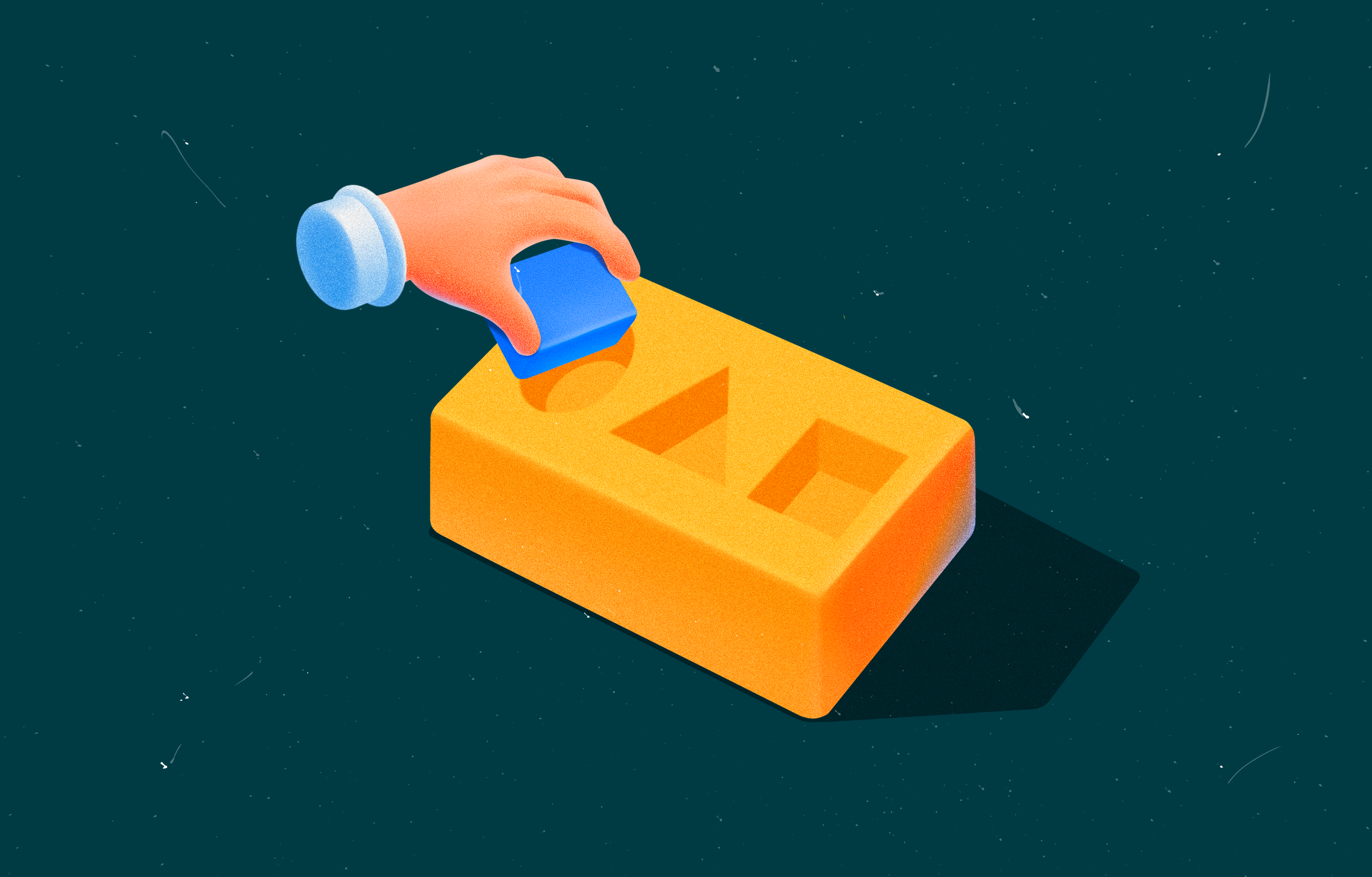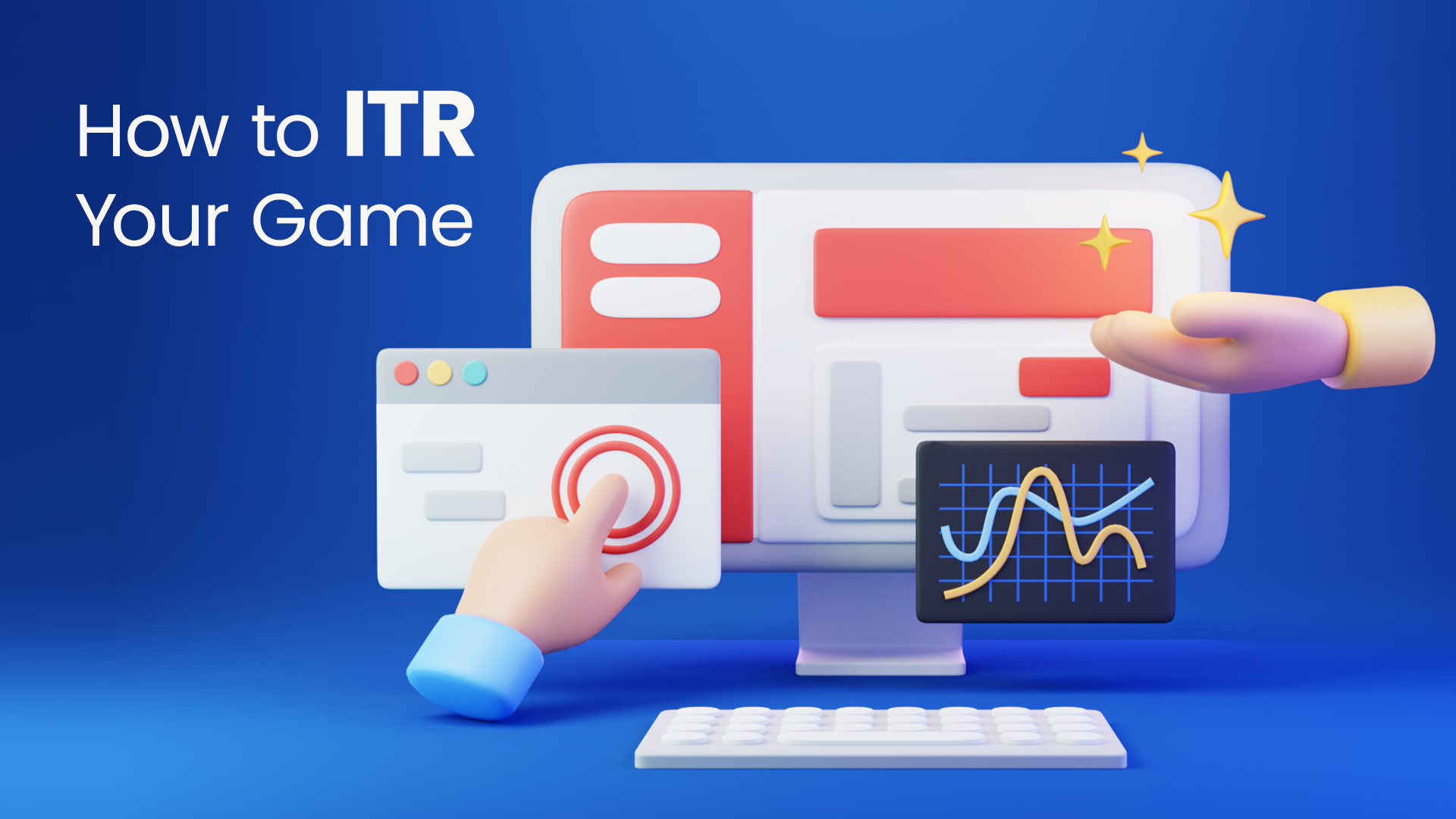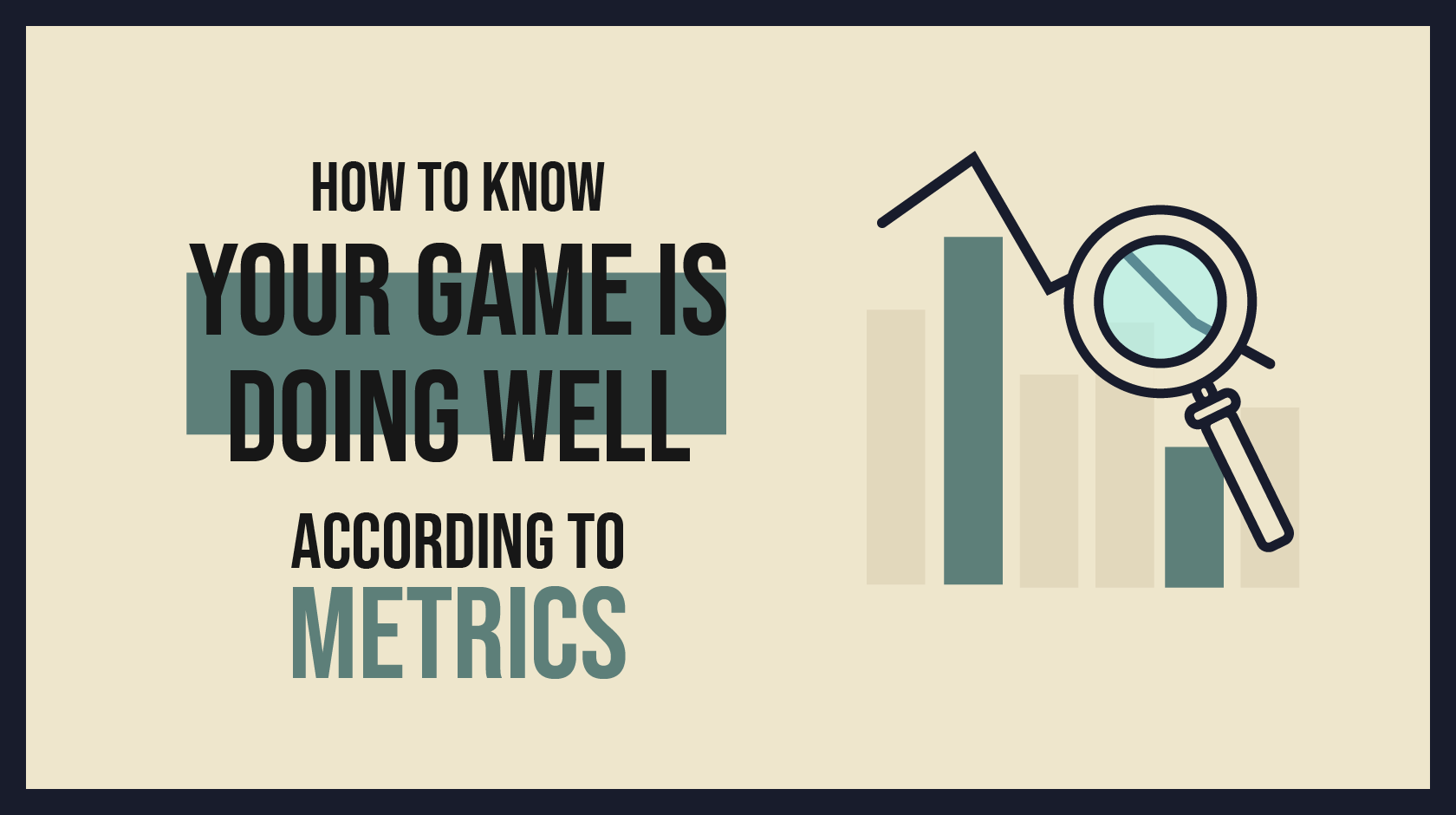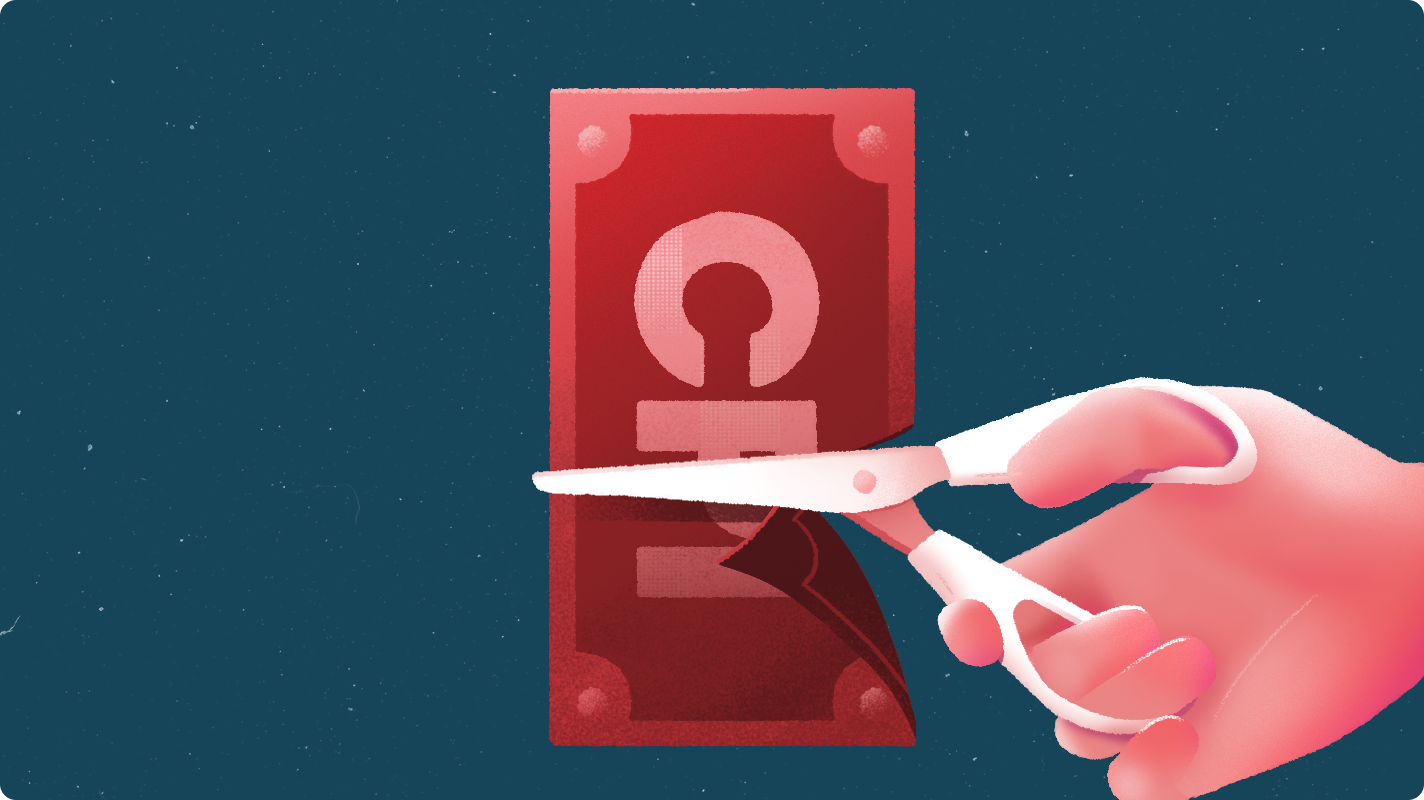
How To Reduce Your Game's CPI?

We measure CPI (Click per Installation) through platforms. CPI refers to the cost incurred when users view an ad and install the game. Therefore, the ultimate goal is to create advertisements that induce many installations at a low cost. Lower CPI allows us to acquire more users with the same budget. In this regard, an ad with a CPI of $1.0 or higher for hyper-casual games is considered unfavorable. At the same time, $0.7 to $0.5 indicates a video with the potential to lower the CPI, and below $0.5 is regarded as a good video. However, for various reasons, CPI may not decrease as desired. Find out why your CPI isn't decreasing and follow the tips below.
1. Excessive effects distract viewers.
To captivate viewers' interest, we often use editing techniques to highlight specific objects or increase the video's pace, making the ad more engaging. Simple edits can lower CPI, such as cut-transitions or adjusting the video speed. However, videos with complex editing, such as applying filters, can increase CPI. If the ad's primary purpose of showing the actual gameplay is ruined by too much editing, the original intent must be appropriately followed.
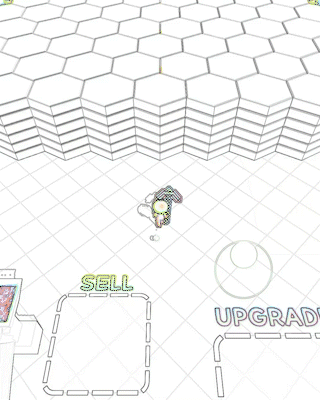
Video with cartoon filter
CPI: $1.5 ~ $2

Gameplay video without filter
CPI: $0.4 ~ $0.6
The left video is edited with a cartoon filter, while the right video showcases the in-game footage. Despite only applying a single filter in the left video, it results in a difference of over $1 in CPI compared to the right video. The significant distinction between the two videos lies in the design of the in-game objects. The pickaxe, protagonist, and collectible objects are visible in the right video, whereas the left video fails to show things adequately. Even with the duplicate footage, if the editing process alters the design, it can lead to a more than threefold difference in CPI. Therefore, preserving the original looks of game objects and maximizing their unique features is essential when editing videos.
2. Use of real-life footage leads to the unintended influence of user algorithms.
To capture viewers' attention, we sometimes utilize actual images or surreal video footage in the initial three seconds of the video. However, these videos can be a double-edged sword. While they can significantly reduce CPI when used appropriately, they can also drastically increase CPI.
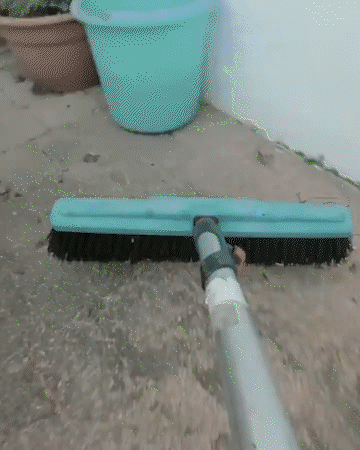
CPI: $0.8 ~ $1.2
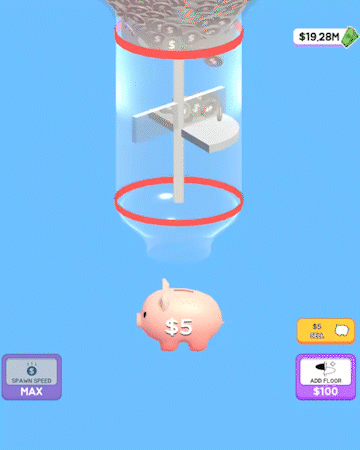
CPI: $0.3 ~ $0.5
The left video incorporates live-action footage, while the right video does not. Despite showcasing similar gameplay, the left video has approximately double the CPI compared to the right video. The reason for such results lies in how including live-action footage affects the algorithm through which the ad reaches users. As mentioned earlier, CPI represents the cost of ad exposure for a single installation. If including live-action footage unintentionally exposes the advertisement to many users who do not install the game, it only increases the ad cost. However, if real-life footage is used appropriately to drive installations, it can result in lower CPI. Thus, it is best to be careful while incorporating videos.
3. Irrelevant screenshots increase CPI
Creating well-made videos is not the only factor that contributes to the success of CPI. Evaluating the quality of the ad by considering the cost per click (CPC) is also crucial. A high-quality ad video is expected to generate a substantial number of clicks leading to installation. However, it is essential to ensure that these clicks translate into actual installations, which is why CPI is used to assess the game's market influence. Despite this, CPC still plays a significant role. If there is a significant difference between CPC and CPI, it indicates that users clicked on the ad but decided not to install the game after viewing the installation page's game icon or screenshots. In such cases, it is advisable to consider updating the screenshots or icons.
Conclusion
This article delves into three key factors that can aid in reducing CPI. Although CPI can vary drastically based on the type and style of gameplay, minimizing it as much as possible can prove advantageous. It's important to note that these three factors may vary for each game, so they should be carefully considered. By analyzing different data alongside these factors, it's possible to further decrease CPI.
Publish with MondayOFF
Make your next big hit with flexible KPIs!
Submit Your Game

